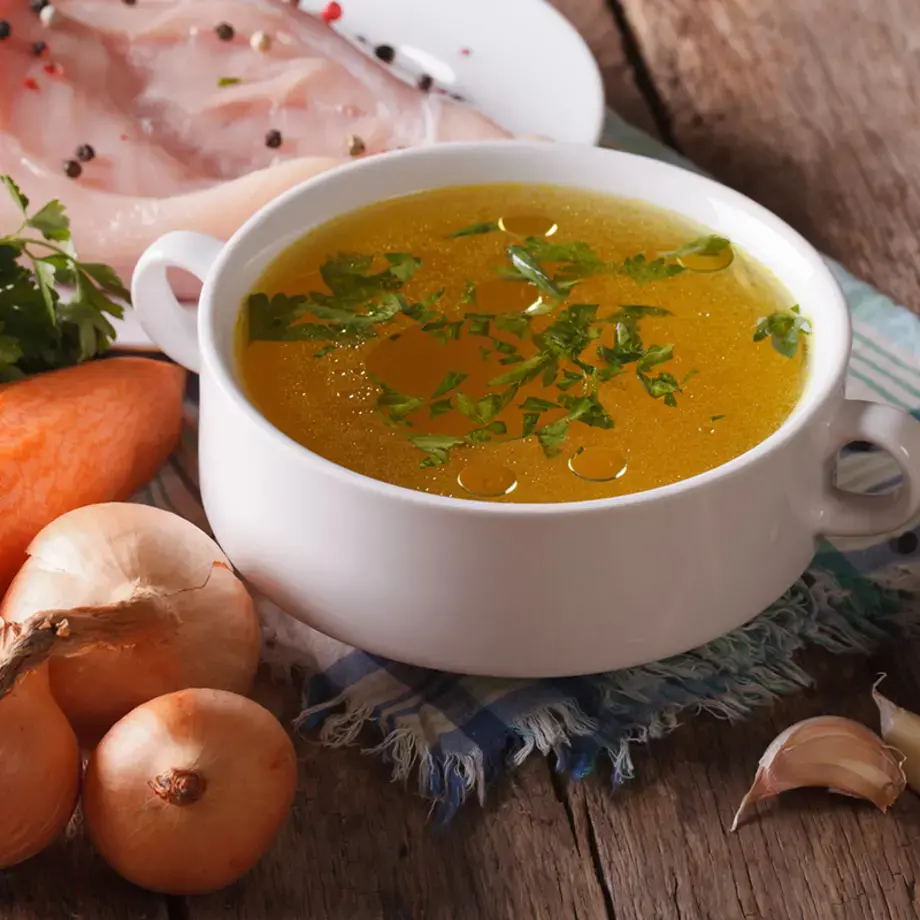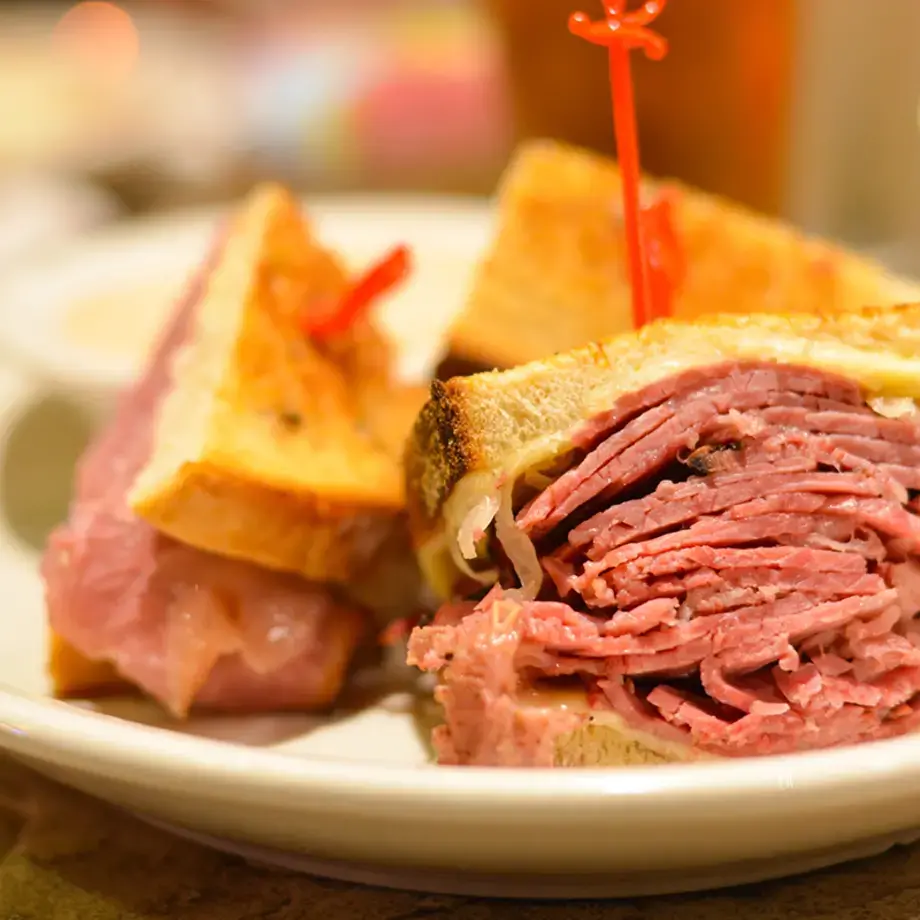How to make Maltese Lampuki Pie Recipe
Also good for my inherent laziness is that this is a recipe of few pots (less to clean!) I sauté the sliced mahi-mahi filet, and realise that the only way this can go pear-shaped is if you leave bones in the fillet, the fish isn’t fresh or you overcook it. Cooking a whole fish, as is traditional, but rather unwieldy and fiddly (especially for someone like me, who likes fish well enough, but never excited by it, and if I see a fish bone I lose my appetite).
In that case, you sauté the whole fish until it’s golden brown, then remove it from the heat and let it cool, before pulling out (hopefully all) the bones. Then you fry the vegetables and herbs in the same pan, to soak up the fish flavor, before slipping it all into your puff pastry. I’d like to say that I handmade the pastry, with loving care, massaging it until the dough was soft as a baby’s bottom, before rolling it with a pin dusted in flour, but…nah. I bought puff pastry and it was perfectly good. Lazy chefs unite!
An icon of Maltese cuisine
Popping the pie in the oven until its crust is nicely browned is all there is to it. The result is a plateful of Maltese history. The island nation was a military stronghold for centuries, home to the Knights of Saint John throughout the Renaissance, a brotherhood of Christian warriors from France, Italy and Spain primarily, meaning that each brought their tastes with them. Proximity to northern Africa and the Levant (for trade and frequent skirmishes) meant access to spices and flavours that were hugely exotic inland on continental Europe.
The island also allows for the development of contained food traditions: a magnet gathering influences from without, but bottling them up within to remain and grow into one of the most fascinating of gustatory incubators. Take some of Malta’s other dishes, for example. Fenek Stuffat, stewed rabbit, was all the rage in the 18th century, both for its taste but also because eating it meant celebrating the restrictions on hunting that had been imposed throughout the island by the Knights of Saint John for centuries. Aljotta, a name which sounds Spanish (as it should) is a sort of fish and tomato bouillabaisse.
A bite of Maltese History
Malta was one of the first ports of call in Europe to feature tomatoes in its cuisine. We associate tomatoes with Italian food, but tomatoes are indigenous to the New World and the wealth of the Knights of Saint John allowed them to import exotic items like tomatoes which, for a long time, were believed to be poisonous (they are technically a member of the nightshade family of plants, many of which are poisonous). Then the date-filled imqaret pastry, somewhat like baklava, looks straight out of the Levant, while Maltese tagen is linked to tajine, the Moroccan conical clay pots for baking meat, rice and vegetables. And in 1800, Malta voluntarily joined the British Empire (leave aside the fact that the British were supposed to vacate the island in 1802, but failed to do so), and British traditions were added to the mix.
Sometimes a fish pie is just a fish pie. That’s what Freud would say, at least. But with a little background on history, culture and tradition, we know better. A fish pie, in this case, is an entire history lesson on a plate.












